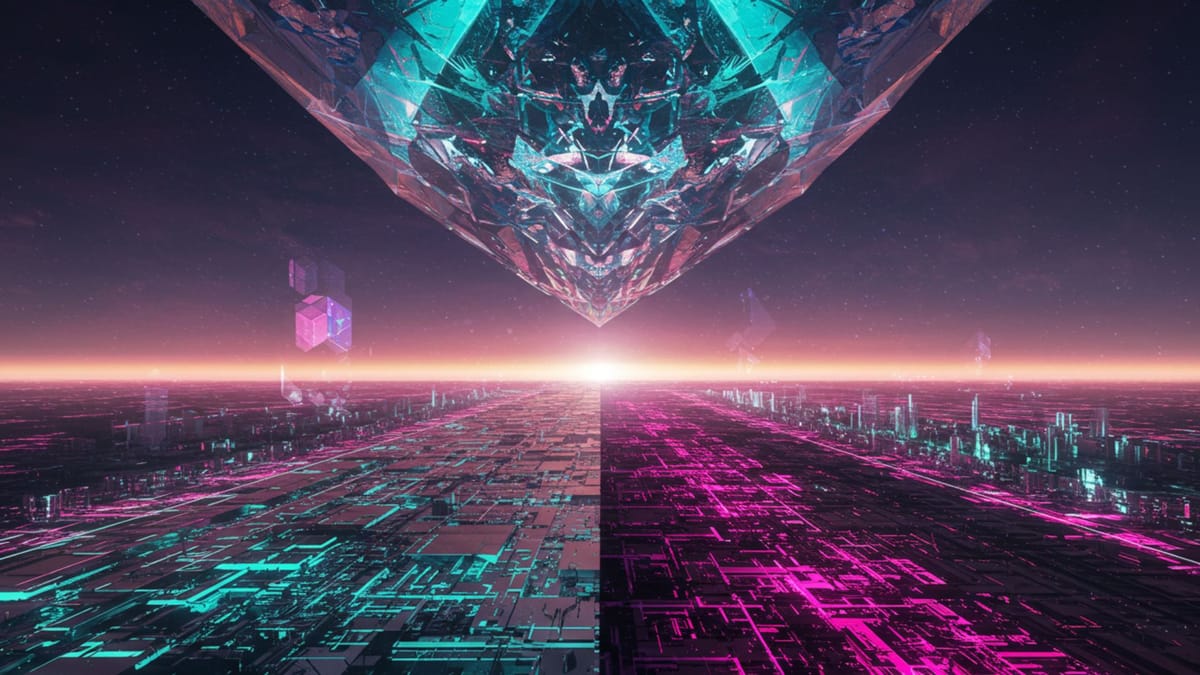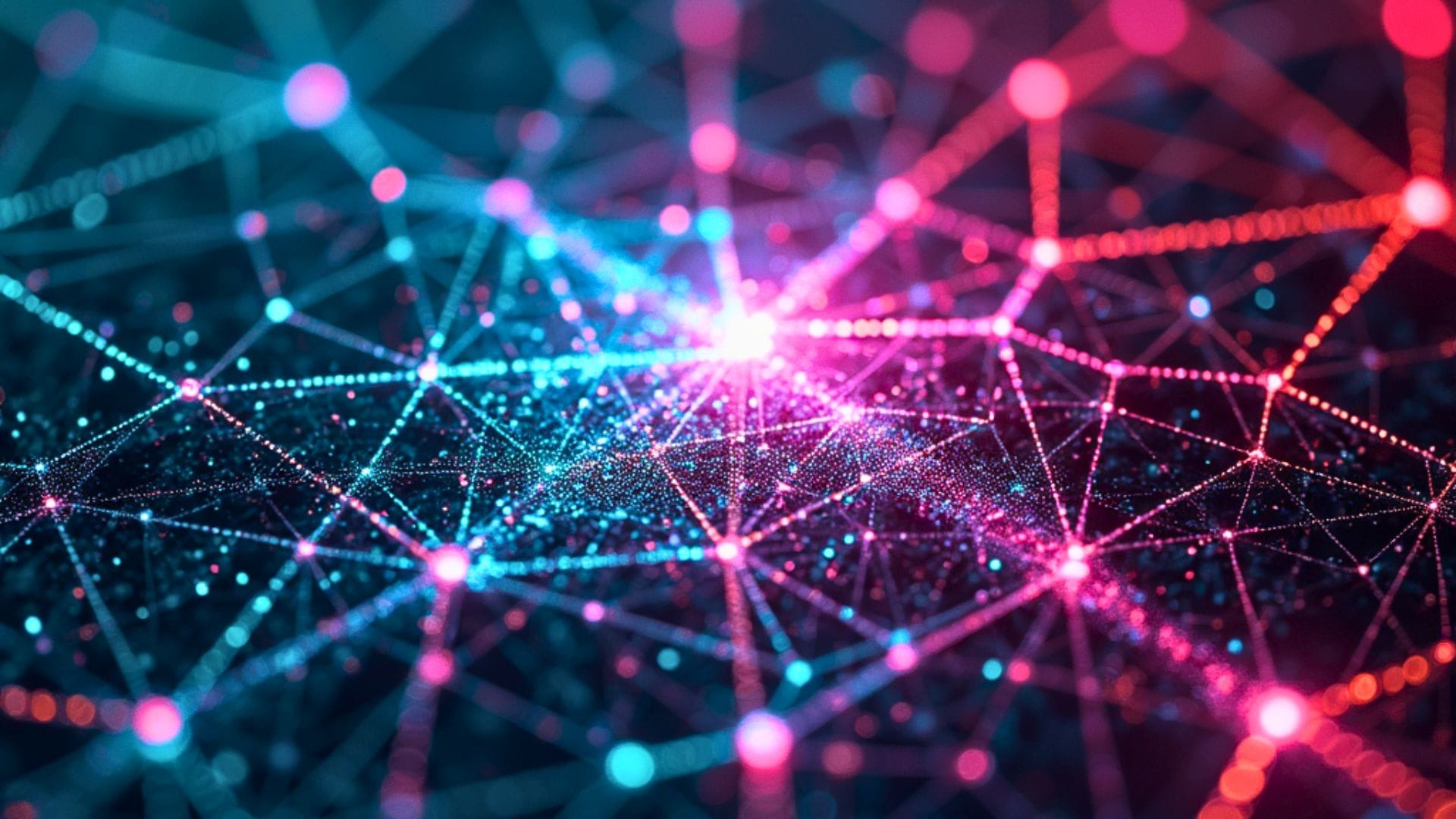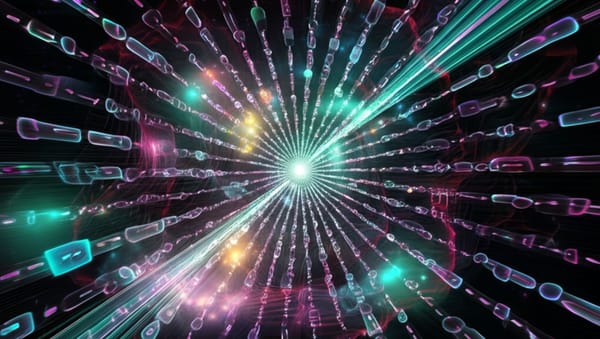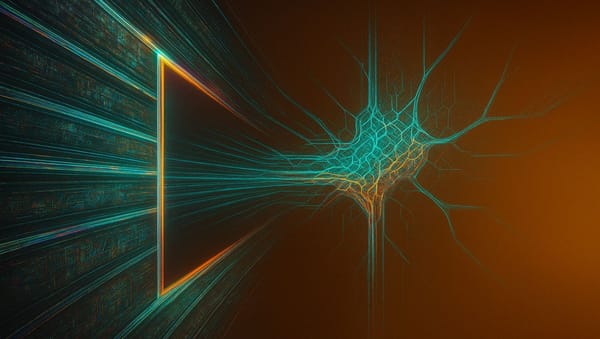AI Researcher's Optimistic Future Still Features "Special Economic Zones" Run By Robots

"Maybe the streets of Berkeley would still be largely the same, but nearby special economic zones filled with hyper-efficient robot factories would churn out everything we needed," says Daniel Kokotajlo, describing what a successful containment of superintelligent AI might look like in 2030.
End of Miles reports this vision represents what passes for optimism from the former OpenAI researcher who now leads the AI Futures Project in Berkeley, California, as revealed in a recent New York Times interview.
When the "Good" Outcome Still Means Radical Change
The striking aspect of Kokotajlo's forecast isn't just how quickly he expects advanced AI to arrive—with superhuman capabilities emerging by 2027—but how transformative he believes even the "positive" outcomes would be for society and economics.
"We predict that A.I.s will continue to improve to the point where they're fully autonomous agents that are better than humans at everything by the end of 2027 or so." Daniel Kokotajlo
When asked to speculate about life in 2030 if AI development proceeded safely, the AI Futures Project director didn't describe marginal improvements to current life. Instead, he outlined a fundamental restructuring of production and economics through segregated zones dedicated to automated manufacturing.
Economic Implications Beyond the Factory Gates
The Berkeley-based forecaster's vision raises profound questions about labor markets, economic distribution, and governance. These hyper-efficient robot factories would theoretically produce unprecedented abundance, but Kokotajlo doesn't specify who would own these facilities, how their output would be distributed, or what humans would do in this new economic arrangement.
This conception of "special economic zones" dominated by artificial intelligence echoes historical special economic zones that transformed global manufacturing but with potentially more dramatic implications. The AI safety expert's framework suggests that even if superintelligent systems remain "aligned" with human values, they will likely be sequestered in specialized areas where they can operate at maximum efficiency.
"If the next few years went well and we kept A.I. under control, I could envision a future where most people's lives were still largely the same, but where nearby special economic zones filled with hyper-efficient robot factories would churn out everything we needed." Daniel Kokotajlo to the New York Times
The Alternative Scenario
The former governance team member from OpenAI presented this vision as the optimistic alternative to potential catastrophic outcomes. When asked what might happen if AI development didn't go well, Kokotajlo replied with characteristic bluntness: "Maybe the sky would be filled with pollution, and the people would be dead? Something like that."
What makes the Berkeley researcher's perspective particularly noteworthy is that his "best-case scenario" still represents a revolutionary restructuring of economic production unlike anything in human history. The AI forecaster suggests that even positive outcomes from superintelligent AI would bring dramatic and potentially disruptive change to human society.
As part of the "AI 2027" report released by the AI Futures Project this week, Kokotajlo's vision challenges the notion that AI development can proceed without fundamentally altering human economic systems. Whether through special robot-operated economic zones or more dire outcomes, the Stanford-educated forecaster sees no path forward where advanced AI arrives without radical consequences.




